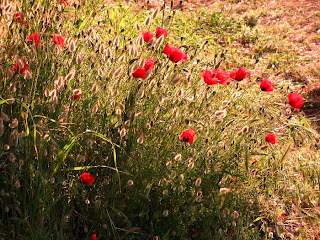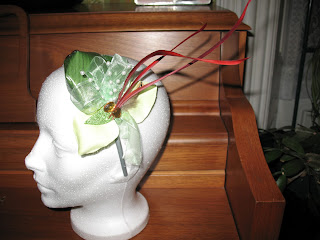Whenever I travel near or abroad I inevitably find myself drawn to the gardens or green spaces in the places I visit. Athens , Greece
When researching our trip I wanted to explore the many facets of the Greek capital, home to 3 million people.
Those of you uninitiated to the “charms” of Athens Athens
Tucked away adjacent the Greek Parliament (where you can see the colourful and entertaining changing of the Evzones national guard hourly) lies a hidden Hellenic gem, the National Gardens.
 |
| Changing of the Evzones Guard |
Formerly called the Royal Gardens Athens
 |
| Beautiful rose arbour |
 |
| Who doesn't love palm trees? |
Don’t hope for the informative signboards and horticultural specimen tags that most botanical and national gardens possess. Just as when visiting the ancient Hellenic sites and monuments across Greece
 |
| A gorgeous pergola complete with statutary and waterfall |
The Greek gardening style is definitely less formal than French or Italian!!
 |
| Duck pond and bridge - ducks were occupied by a group of exeuberant, bread-toting preschoolers nearby |
An abundance of benches and chairs are thoughtfully placed throughout the gardens, enabling a welcome break for hot, weary travellers. Washroom and refreshment facilities however, are few and directional signage is poor. This is typical Greek tragedyJ.
So if you ever find yourself in downtown Athens National Gardens












